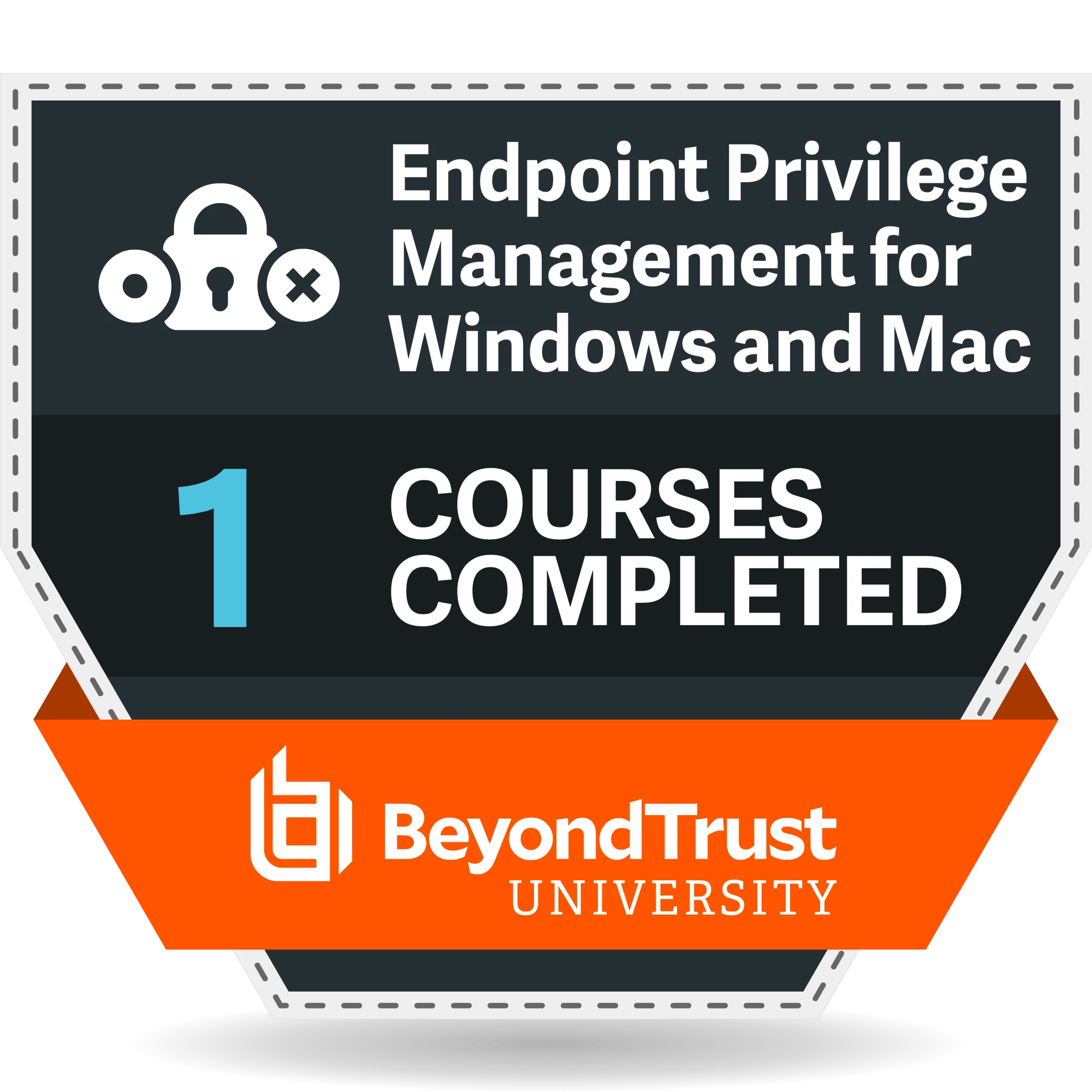I’m interested in auditing certain software and/or commands using EPM, but if I create an audit rule with an application that matches what I’m looking for high in my Workstyle hierarchy, rules that would match lower down will not fire, and if I create it low in the hierarchy the inverse is true. I understand that this is pretty foundational behavior for EPM, but I feel like i’m missing something simple here, or it’s just not possible. It seems like if i want this data, whether it be simply for visibility, or for measuring expected impact of a planned change, I could do one of the following…
- LOG ALL THE THINGS!!!
- Update all of my rules to raise a local even and report events, then filter what I want in my SIEM.
- The downside is that this would be expensive, and result in a lot of noise in the EPM console. Not really an option.
- Duplicate Groups and Rules!!!
- Create duplicate “logging” application groups + rules with raise a local event and report events enabled for any rules we aren’t already logging.
- Add any software/commands we want to audit that don’t already exist in an application group + rule with logging enabled to the new duplicate groups.
- Add an “audit” application group + rule with logging enabled at the bottom of the hierarchy and add any software/commands that don’t have rules there
- This is messy, and would be really hard to maintain
Anyone else out there achieving the desired results with another option or have any ideas?






